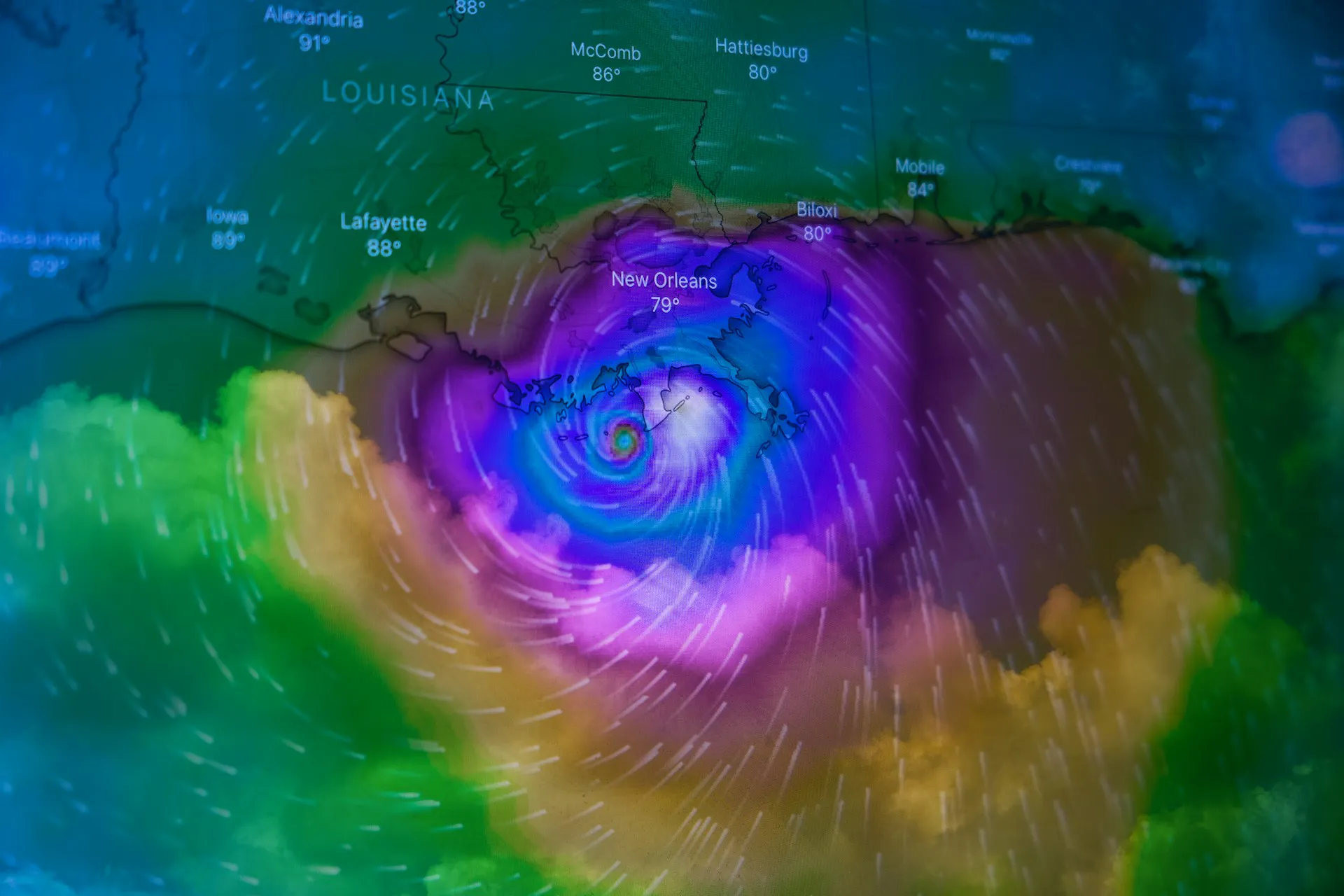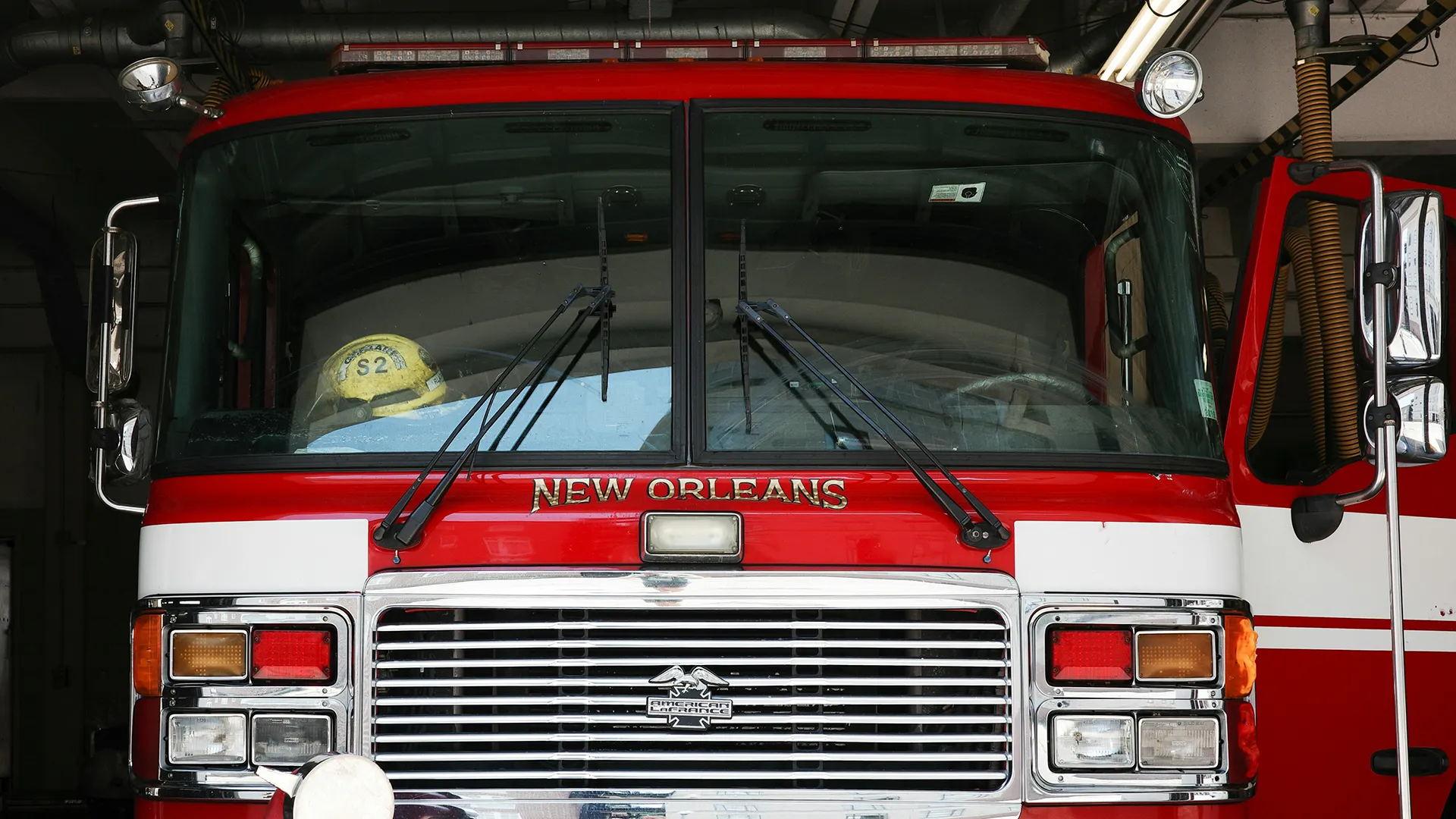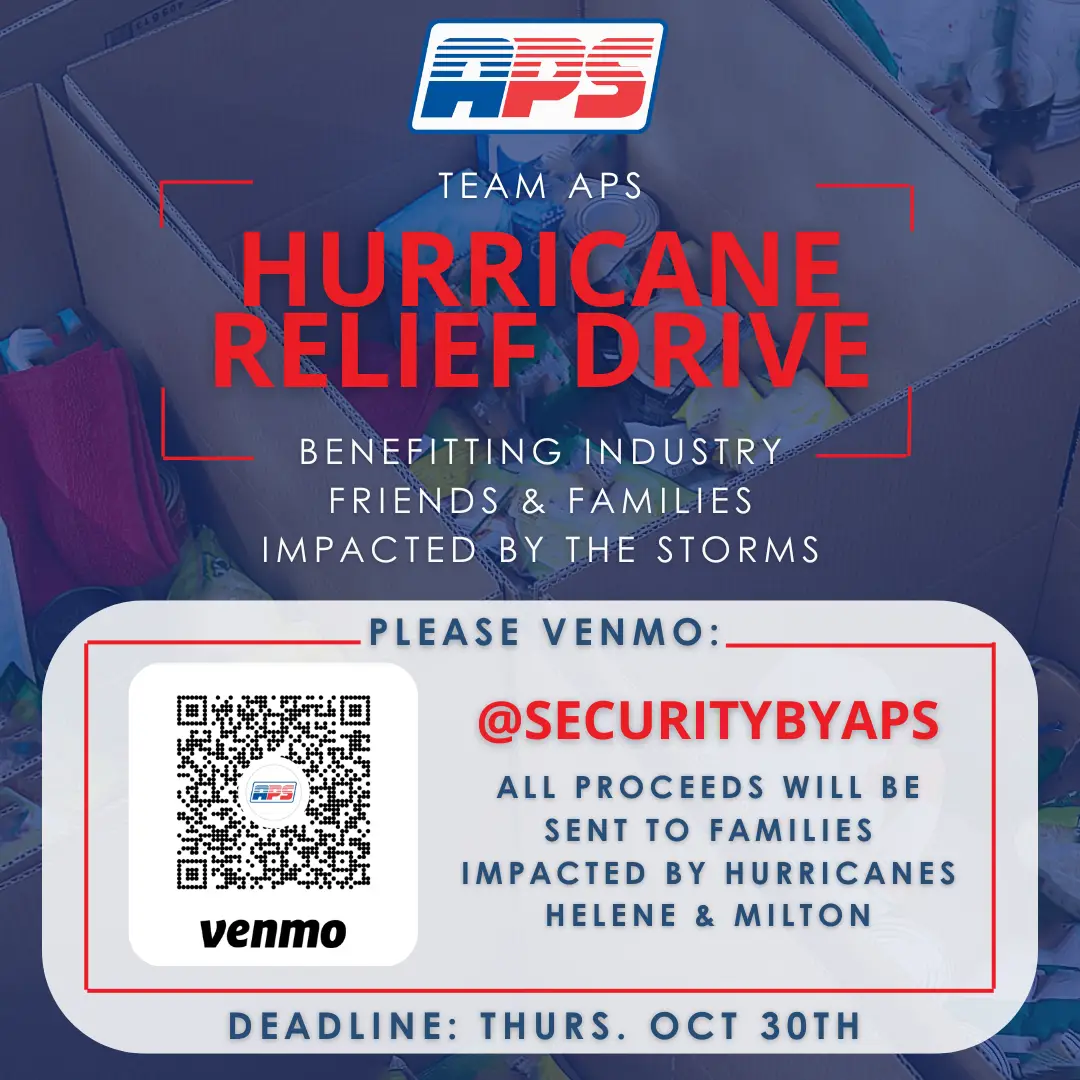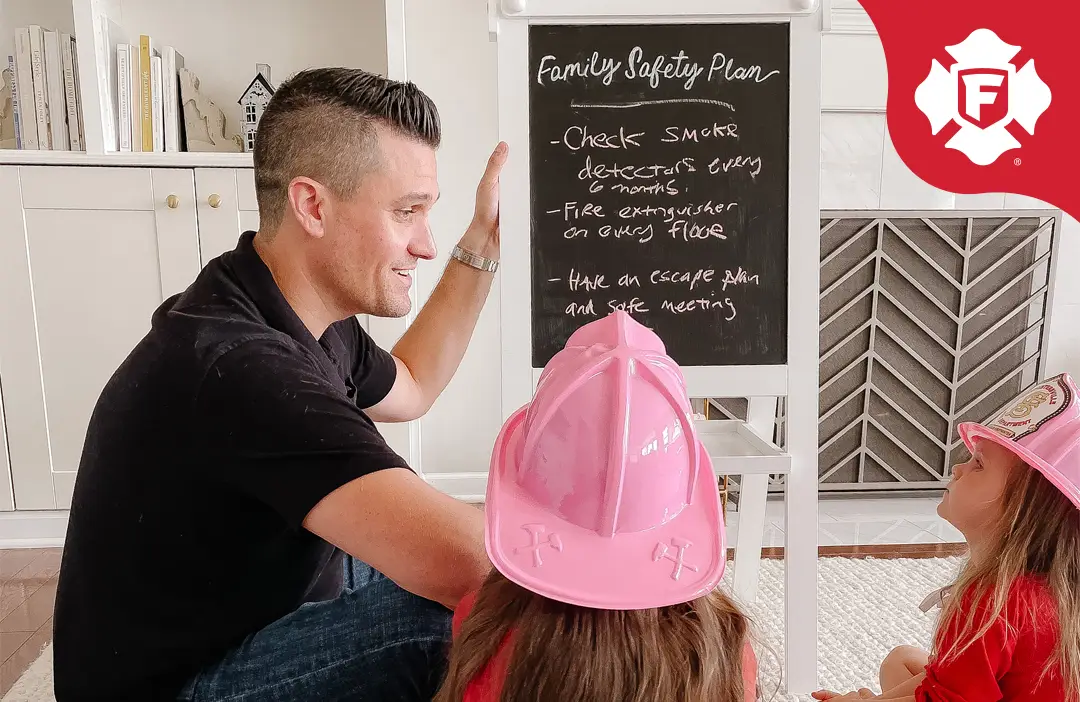When the Storm Hits, Will You Be Ready?
Hurricane season in Greater New Orleans is never something to take lightly. Whether you’re a homeowner, a renter, or managing a commercial property, a well-thought-out plan can mean the difference between chaos and calm.
That’s why the team at APS—your local life safety experts for over 37 years—created a comprehensive Hurricane Safety Checklist. Below is a sneak peek at what’s inside, plus some expert advice to help you prepare now, protect during the storm, and reconnect safely afterward.
🛠️ Before the Storm: Prepare + Protect
A hurricane watch is not the time to start thinking about your security. It’s what you do before the storm that sets you up for safety and peace of mind.
Here’s what we recommend:
Secure your property: Board up windows, bring in patio furniture, and clear gutters or storm drains.
Trim trees near the roofline to reduce wind damage risk.
Test your alarm system and verify it’s sending signals to APS’s 24/7 monitoring station.
Check your battery backup. Most systems have one—but they don’t last forever.
🔋 Backup Battery Facts:
Typical lifespan during an outage: 8–24 hours
Heavy use (like frequent motion triggers) can shorten that time
Batteries should be replaced every 3–5 years
Once power is restored, batteries should fully recharge in 24–48 hours
Pro tip: Battery backup is not meant for multi-day outages—it’s meant to deter tampering or break-ins if power is cut
🧰 Emergency Supply Kit: The Essentials You May Forget
When it comes to supplies, don’t just stock up on water and canned food. Here are some of the often-overlooked items we include in the checklist:
A week’s supply of medications (RX and OTC)
Battery-powered or hand-crank radio
Phone chargers and portable power banks
Cash, IDs, and important documents in a waterproof bag
Pet food, baby supplies, and a manual can opener
Flashlights—plus extra batteries
📲 Stay Informed: Don’t Rely on Just One Source
Information is power during a storm. Sign up for official alerts before you need them:
Text “NOLAREADY” to 77295 for emergency updates
Track storms on hurricanes.gov
Register elderly or disabled household members for the Special Needs Registry
🌀 During the Storm: Stay Safe + Stay Put
Once the winds start howling, your job is to stay calm and stay indoors.
Move to a central room on the lowest floor, away from windows
NEVER run generators indoors or near open windows
Use flashlights instead of candles (fire risk!)
Turn off major appliances to prevent damage from power surges
Let your APS system switch to battery mode—use your mobile app for real-time alerts if your cell signal is live
🧹 After the Storm: Check + Reconnect
When the skies clear, safety still matters. Here’s what to do once it’s safe to return:
Inspect your home or business for visible damage
Check your alarm panel for signal or battery status
Look for water damage on smart locks, sensors, and cameras
Reconnect with family and neighbors, especially those who might need help
Call APS if any part of your system is offline or acting up—we’re here to help
📥 Download the Full Hurricane Safety Checklist
This blog just scratches the surface.
Get your free printable Hurricane Safety Checklist—filled with APS-tested tips and NOLA emergency resources—all in one easy guide.
──── 🛡️ ────
Protect What Matters—Limited-Time Offers
Hurricane season = generator season = hidden danger.
Protect your home or business from carbon monoxide and fire risks with exclusive APS safety offers—just in time for storm season.
⏳ New and existing customer discounts available through November 30.





